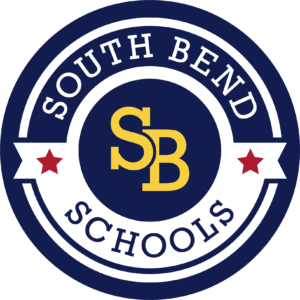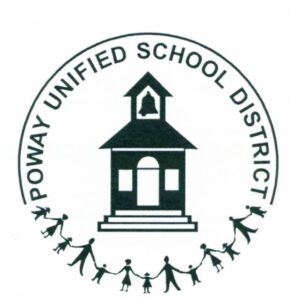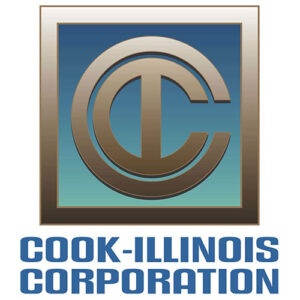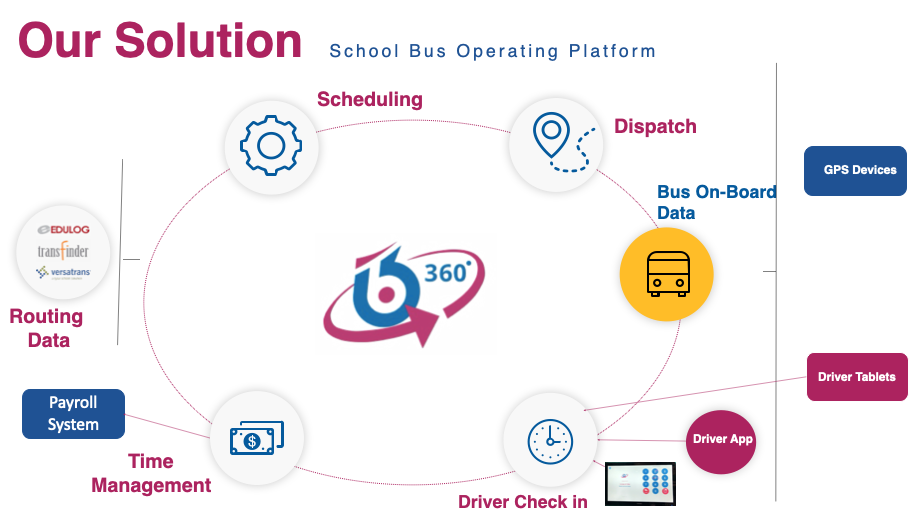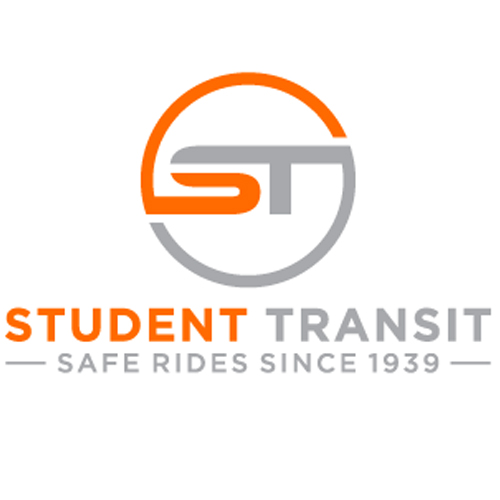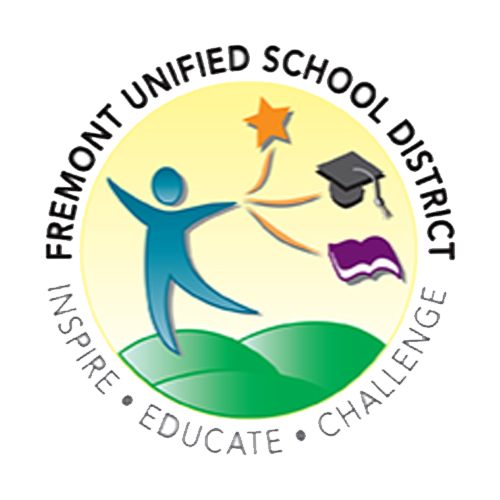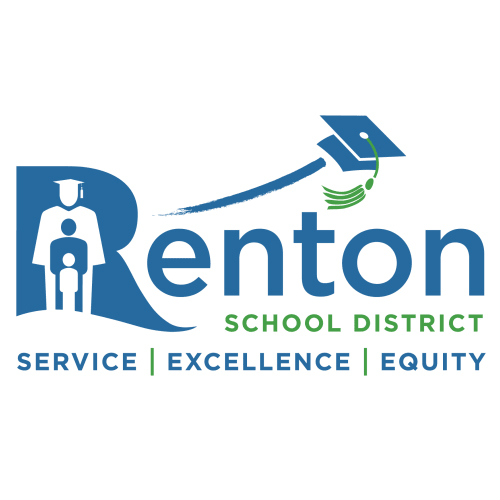Revolutionizing School Transportation: The Power of Bus Driver Roster Software
Many, if not most, larger school districts and private school bus fleets rely on GPS Fleet Tracking today, as well as routing software, to improve their operations and deliver greater student safety.
These technologies are well established, and most transportation leaders appreciate the direct and indirect benefits of using them to improve operations and drive greater awareness and safety.
But many districts remain unaware of a new emerging technology designed to connect the two previously independent platforms into a 360 degree view of operations to empower dispatchers, payroll technicians, and fleet directors to capture even better operational efficiencies and uncover new ways to increase safety.
Bytecurve360, developed and supported by a team with more than 100 years of combined student transportation experience, is growing in popularity among fleets that leverage both routing and GPS Fleet tracking thanks to its ability to improve driver management, better control costs associated with payroll, and deliver improved services to schools and families.
Not designed to replace either system, Bytecurve360 aims to connect dots that were previously constrained by technology silos into a more comprehensive perspective of student transportation management.
Featuring a driver communication app, a payroll tool that can be leveraged in the garage via a touchscreen monitor or on- the-go via the driver app DriveOn as well as dispatch features designed by a team with years of experience managing complex and dynamic school bus fleets, Bytecurve360 delivers a transformative operational experience.
“It’s helped us provide a new level of command and control that allows us to be ahead of issues instead of responding to them,” said Marty Klukas, General Manager, Student Transit.
“It’s become our command and control, and it helps us know what right looks like.”
Trusted by the Finest Names in School Bus Transportation
Bus Driver Roster Software
A bus driver roster software is a specialized software solution designed to manage, schedule, and track the assignments of bus drivers, often within school districts or transportation companies.
At its core, this software helps in scheduling drivers for different routes, ensuring that every route has a driver and that there aren’t any scheduling conflicts. A variety of software solutions are available that can help dispatchers and managers finally stop relying on spreadsheets and whiteboards for their driver management and communications.
The software can also log attendance and hours worked and even provide real-time tracking of drivers. These solutions can drive greater efficiency, transparency, and employee satisfaction by decreasing the reliance on outdated systems.
It can also keep track of drivers’ qualifications, licensing details, renewal dates, and training sessions attended.
Some advanced solutions may even offer built-in communication tools to send messages or notifications to drivers too. Bytecurve offers many of these key features, and it relied upon by dozens of public and private student transportation organizations and tens of thousands of drivers.
Furthermore, bus driver roster software can generate reports on various metrics like driver punctuality, routes covered, hours worked, etc.
With the software, school districts can maintain a more organized and efficient transportation system. There’s no need to manually manage scheduling or deal with potential conflicts.
With real-time tracking and reporting, there’s greater accountability too. If a bus is late or misses a route, the software can help identify the reason. And make changes to the routes that will improve future routes.
Proper scheduling and route optimization can also lead to fuel savings and better utilization of resources. Additionally, by monitoring hours worked, districts can ensure they aren’t overpaying drivers or facing potential labor issues.
Seamless communication between transportation administrators and drivers also ensures that any changes in routes, schedules, or important announcements are promptly conveyed.
Finally, some advanced roster software solutions might even allow parents to track the bus in real-time, giving them peace of mind about their children’s whereabouts.
What are the key features of bus driver roster software?
A bus driver roster software leverages various modern technologies to ensure it performs its functions efficiently.
- Database systems are for storing driver profiles, schedules, route data, and other relevant information.
- Geospatial and GPS technology provide real-time tracking of buses, route mapping, and optimization. Bytecurve pulls this data from existing GPS systems and leverages the data with routing to deliver an improved user experience.
- Mobile technology allows drivers to access their schedules, report incidents, or check-in/check-out directly from their mobile devices. Bytecurve360 has its own DriveOn mobile app for these features.
- Cloud computing ensures data can be accessed anywhere and provides scalability as transportation needs grow or change.
- APIs (application programming interfaces) facilitate integration with other systems, such as school management software or communication tools. Bytecurve leverages APIs with all of the major providers of both GPS Fleet Tracking and routing software solutions serving the student transportation industry.
- Machine learning and analytics help in predicting optimal routes, analyzing driver performance, and other metrics that can help in decision-making and identifying potential issues or inefficiencies.
- Communication protocols are for sending and receiving real-time notifications, alerts, or messages to and from drivers or even parents.
- Dynamic scheduling automatically schedules drivers based on availability, route preferences, and other factors.
- Real-time tracking allows administrators (and sometimes parents) to see where buses are in real-time. Bytecurve works with a key partner to deliver this functionality when and where the district or private contractor requires it.
- Route optimization uses algorithms to determine the most efficient routes, saving time and fuel.
- Driver profiles contain all pertinent information about a driver, such as qualifications, certifications, training, and contact details.
- Attendance and time-tracking automatically log when drivers start and finish their routes, ensuring accurate pay and compliance with labor laws. Bytecurve can store a diverse set of driver pay scales, making it easy to pay the same person for three different tasks on the same day while also simply applying overtime and union pay rates.
- Training and compliance monitoring tracks driver certifications and training requirements, alerting administrators when renewals or updates are needed.
- Feedback and incident reporting allow drivers or school staff to report incidents or provide feedback directly through the software.
A comprehensive bus driver roster software ensures that all parts of the transportation fleet are working in harmony, making the trips to and from schools efficient and safe for all aboard.
What are the key features of a driver scheduling software?
Driver scheduling software leverages a range of notable technologies to efficiently carry out its functions.
These technologies enable the software to optimize routes, manage driver assignments, and streamline day-to-day operations within school districts.
- Geographic Information Systems (GIS) technology is fundamental for mapping and spatial analysis.
Driver scheduling software uses GIS to create digital maps, plot student addresses, bus stops, and road networks, enabling route optimization and real-time tracking.
- Algorithms, such as heuristic algorithms, genetic algorithms, and linear programming, are employed to optimize bus routes, taking into account factors like distance, time, capacity, and student safety.
- Global Positioning System (GPS) technology is integrated with buses to provide real-time location data.
Telematics systems collect information on vehicle speed, fuel consumption, and maintenance needs. This data is used for route tracking and monitoring vehicle health.
- Driver scheduling software often relies on communication protocols, like cellular networks or Wi-Fi, to transmit real-time information between buses, dispatchers, and parents. This enables tracking, alerts, and two-way communication.
- The software employs data analytics tools to process and analyze transportation data. This data is then presented in the form of reports and visualizations, which help school districts make informed decisions and identify areas for improvement.
- Many driver scheduling systems offer mobile apps and web portals for administrators, drivers, parents, and other stakeholders. These platforms provide access to real-time information, route updates, alerts, and communication features.
- Machine learning algorithms can continuously improve route optimization by learning from historical data and adapting to changing conditions. AI-powered predictive maintenance can also be used to proactively schedule bus maintenance.
- Cloud-based solutions offer scalability and accessibility. They allow school districts to store and access data securely while ensuring that updates and improvements to the software are readily available.
- The software may include emergency alert features that can send notifications to parents and staff in the event of accidents, delays, or other critical incidents.
Key features of driver scheduling software include:
- Route optimization -Creating efficient bus routes that consider factors like distance, capacity, and student needs.
- Driver assignment – Assigning drivers to routes based on qualifications, availability, and preferences.
- Real-time tracking – Monitoring bus locations in real time and providing updates to parents and administrators.
- Reporting and analytics – Generating reports and visualizations to analyze performance and make data-driven decisions.
- Maintenance scheduling – Tracking bus maintenance schedules to ensure safe and reliable operations.
- Emergency planning – Providing tools to adapt routes in emergencies and communicate with stakeholders.
- Cost analysis – Calculating costs associated with transportation operations and identifying cost-saving opportunities.
These technologies and features collectively enable driver scheduling software to optimize school transportation operations, enhance safety, and improve communication between stakeholders.
How does bus driver roster software compare to alternatives?
Comparing bus driver roster software to alternative solutions, including manual operations, is much like comparing a modern ocean-going vessel to a rowboat; both can get you across the water, but one is far swifter, more efficient, and equipped to handle rougher seas.
First of all, automated scheduling eliminates manual errors and reduces the time taken to schedule drivers. On the other hand, manual scheduling can be tedious and time-intensive, especially for large fleets.
Bytecurve regularly helps its customers save several hours per week from time spent updating routes.
Real-time data and GPS tracking also offer accurate location information and route optimization. Conversely, manual tracking offers no real-time tracking or instant communication, which means less flexibility to respond to changes.
A bus driver roster software is easily adaptable to changing needs, such as an increase in bus routes or drivers. Alternatively, as the fleet grows or routes change, manual operations can become increasingly cumbersome.
This solution also ensures adherence to labor laws, driver certifications, and other regulations, which may be problematic with manual scheduling methods.
Bus driver roster software provides data-driven insights to make informed decisions and improve operations, while manual record-keeping may not offer the depth of insights that software analytics can.
Enhanced monitoring capabilities also ensure only qualified drivers are on routes and allow for a swift response to incidents. On the other hand, manually monitoring driver certifications and training can lead to oversights.
There might be semi-automated solutions, like using basic spreadsheet software for scheduling. While this offers a bit more structure than entirely manual methods, it still lacks the real-time data, integrated communications, and advanced analytics provided by specialized roster software.
And who needs one more spreadsheet to manage?
While the manual approach has its merits in simpler settings, a dedicated bus driver roster software clearly outperforms it in efficiency, accuracy, and overall capabilities.
As transportation needs become more complex, the advantages of a specialized software solution become even more evident.
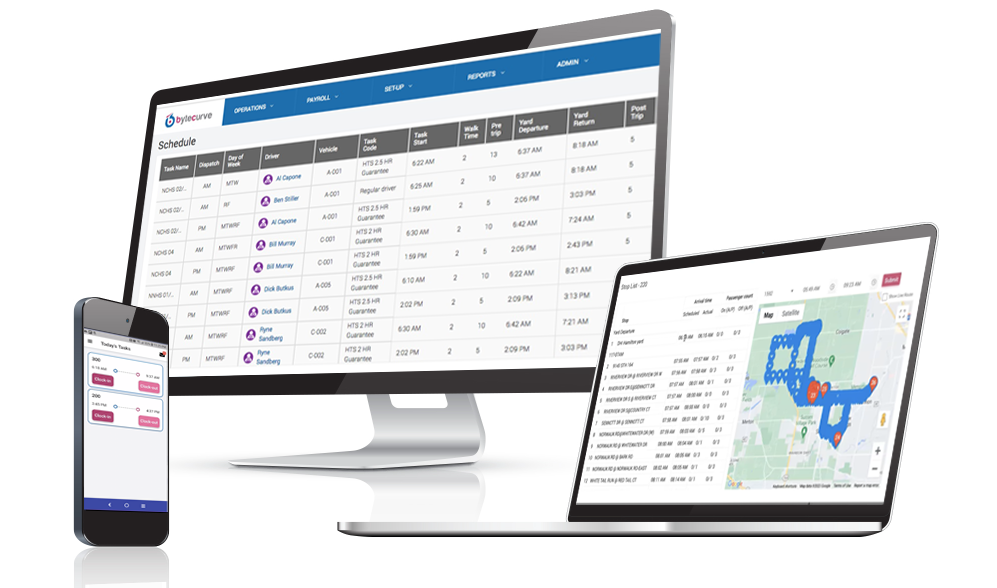
What are the major pain points in school districts that bus driver roster software effectively resolves?
School districts face many challenges when it comes to transportation, and bus driver roster software is highly noted for resolving many of them in an efficient and hassle-free way.
To effectively deal with inefficient scheduling, the software automates scheduling processes, ensuring optimal allocation of drivers and avoiding conflicts or overlaps. It can also easily adapt to sudden changes, such as driver absences.
To address the lack of real-time visibility, GPS and geospatial technologies within the software provide real-time tracking of buses. Administrators and, in some cases, parents can monitor bus locations, ensuring timely arrivals and safety.
To resolve communication gaps, integrated communication tools like the DriveOn mobile app allow for instant notifications and updates between administrators, drivers, and even parents. This is crucial for communicating route changes, emergencies, or other relevant information.
To effectively handle safety concerns, the software may be able to track driver certifications, qualifications, and training to ensure that only eligible drivers are on routes. Real-time tracking also aids in quick responses to incidents or emergencies.
To eliminate manual record-keeping, digital databases within the software streamline record-keeping. This ensures easy access to driver profiles, attendance, hours worked, and other relevant data.
To address route inefficiencies Route optimization features analyze various factors (like traffic, distance, and road conditions) to suggest the most efficient routes.
In turn, this results in savings in time and fuel.
To resolve labor law and payroll concerns, time-tracking features ensure accurate logging of hours worked, helping districts comply with labor laws and ensuring drivers are paid accurately and fairly.
To deal with scalability issues, software solutions can easily adapt, whether it’s accommodating more drivers, adjusting to new routes, or integrating with other systems as school districts grow or change.
To efficiently handle inadequate reporting and analytics, the software provides comprehensive reports on various metrics, from driver performance to route efficiency, aiding in decision-making and continuous improvement.
Finally, to eliminate parental concerns, some advanced roster software solutions might offer parent portals or apps, allowing parents to track the bus in real-time and receive notifications, reducing the number of inquiries and complaints to the school.

